9 Common Cat Myths Debunked
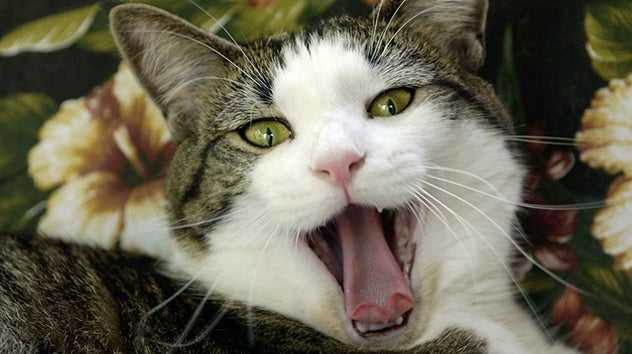
1. Myth: Cats have nine lives
Fact: The myth most likely originated from Egyptian gods and religions, where sun god Atum-Ra, one of the Ennead, or the Nine would assume the form of the cat when visiting the underworld. Throughout the ages, cats continued to be considered magical and otherworldly, and their resilience in surviving falls from high places and long confinements without sustenance continue to amaze us. (Don’t trust your cat’s safety to those mythical 9 lives.)
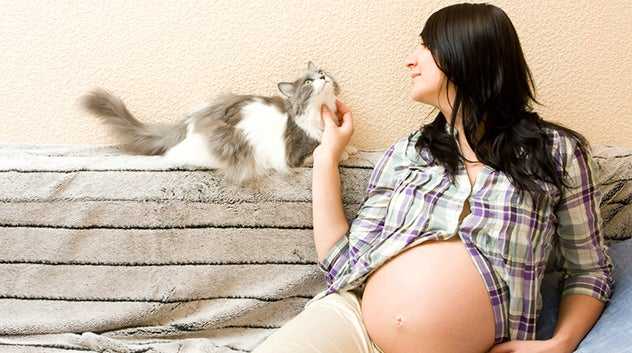
2. Myth: Pregnant women cannot live with cats
Fact: While toxoplasmosis is a risk for fetuses, a woman is more likely to catch it from handling raw meat or digging in the garden than from her cats. Cat guardians can protect themselves from cat-related exposure by emptying the litter box daily, having someone else clean the litter box or wearing rubber gloves and a mask if the litter box task can’t be foisted onto anyone else

3. Myth: Cats steal the breath of babies
Fact: Cats are heat-and comfort-seekers. Curling up next to a newborn in a crib meets both of these needs. However, if the cat chooses to press up against the face of a bundled infant who is too young to turn away on her own, her breathing may be hampered. Keep cats out of the nursery at naptime/bedtime.
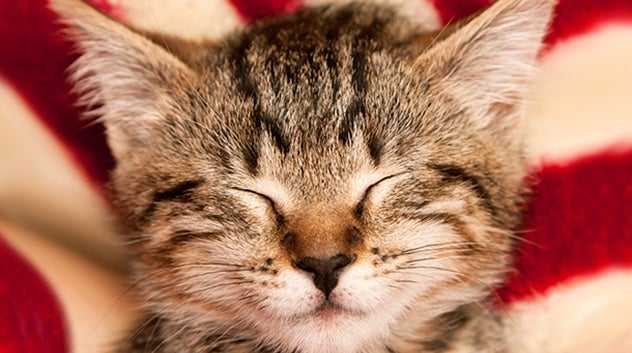
4. Myth: Cats purr only when happy
Fact: Purring is one of the first sounds kittens can make. They can purr by the time they are 48 hours old. While nursing, both mom and kittens can be heard to purr. But while purring is often heard at times of contentment, cats also purr when in pain and in the throes of death.
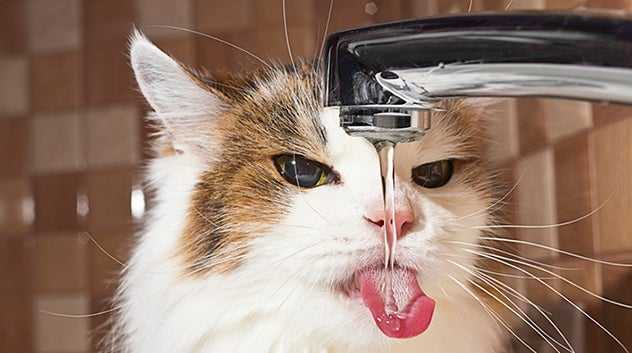
5. Myth: Cats hate water
Fact: While most cats hate baths, many find running water fascinating and spend time pawing at dripping faucets or demanding their guardians turn on the water for a fresh, cool drink. Kittens, in particular, find sinks and showers a source of amusement, although for most the thrill lessens with age. One breed, the Turkish Van, is nicknamed “the swimming cat” for its swimming prowess and love of all things wet. (All cats need plenty of water to drink.)
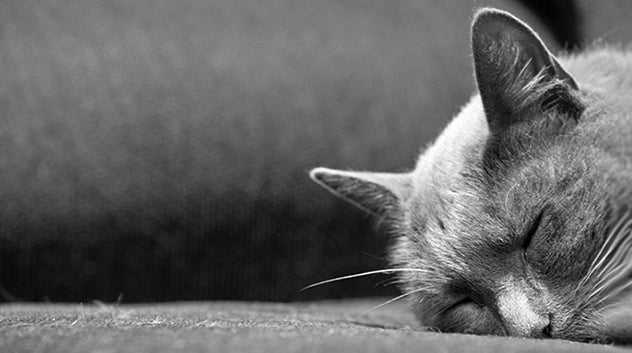
6. Myth: Cats are nocturnal
Fact: Cats are crepuscular. They are most active at dusk and dawn when prey abounds and the hunting is best. The construction of their eyes allows them to see well in low light. Cats only need 1/6 of the light humans do in order to decipher shapes. However, they cannot see in absolute darkness.

7. Myth: Black cats are bad luck
Fact: There are nearly as many superstitions about black cats bringing luck as there are about them being harbingers of bad luck. In different cultures around the world, other colors and coat patterns are seen as lucky – or not. However, in one 2000 study of 321 patients reported in the Annals of Allergy, Asthma and Immunology patients with dark-colored cats were up to four times more likely to suffer a moderate to severe allergy attack than those with light-colored cats. Researchers speculate that darker cats produce more fel d 1 allergen in their skin and saliva. So if adopters are mildly allergic to cats, it may be smart to steer them to lighter colored ones, leaving all the terrific black cats to those lucky folks with no cat allergies.

8. Myth: Cats always land on their feet
Fact: As a tree-climbing species, the cat’s survival depends on its ability to survive falls when possible. The feline vestibular system and vision work together with the cat’s flexible spine to allow the cat to right itself and, when there is enough time, to “parachute out” in a manner similar to the flying squirrel. While they can usually right themselves, they can still sustain serious injury to limbs, jaws and the thoracic region which may result in death.

9. Myth: Cats are loners
Fact: Outdoor cats are solitary hunters, but most will choose to live in a colony near a food source. Unneutered males will roam the farthest, in search of food and females in heat. Studies of barn cats showed matrilineal groups were created by a founding female, her daughters and their kittens. When males reach approximately eighteen months of age, they leave the area and strike out on their own. The kittens of domesticated house cats are best prepared to fit into a multi-cat household when they are kept with their littermates until at least eight- to ten-weeks of age. Cats can even be friends with dogs!